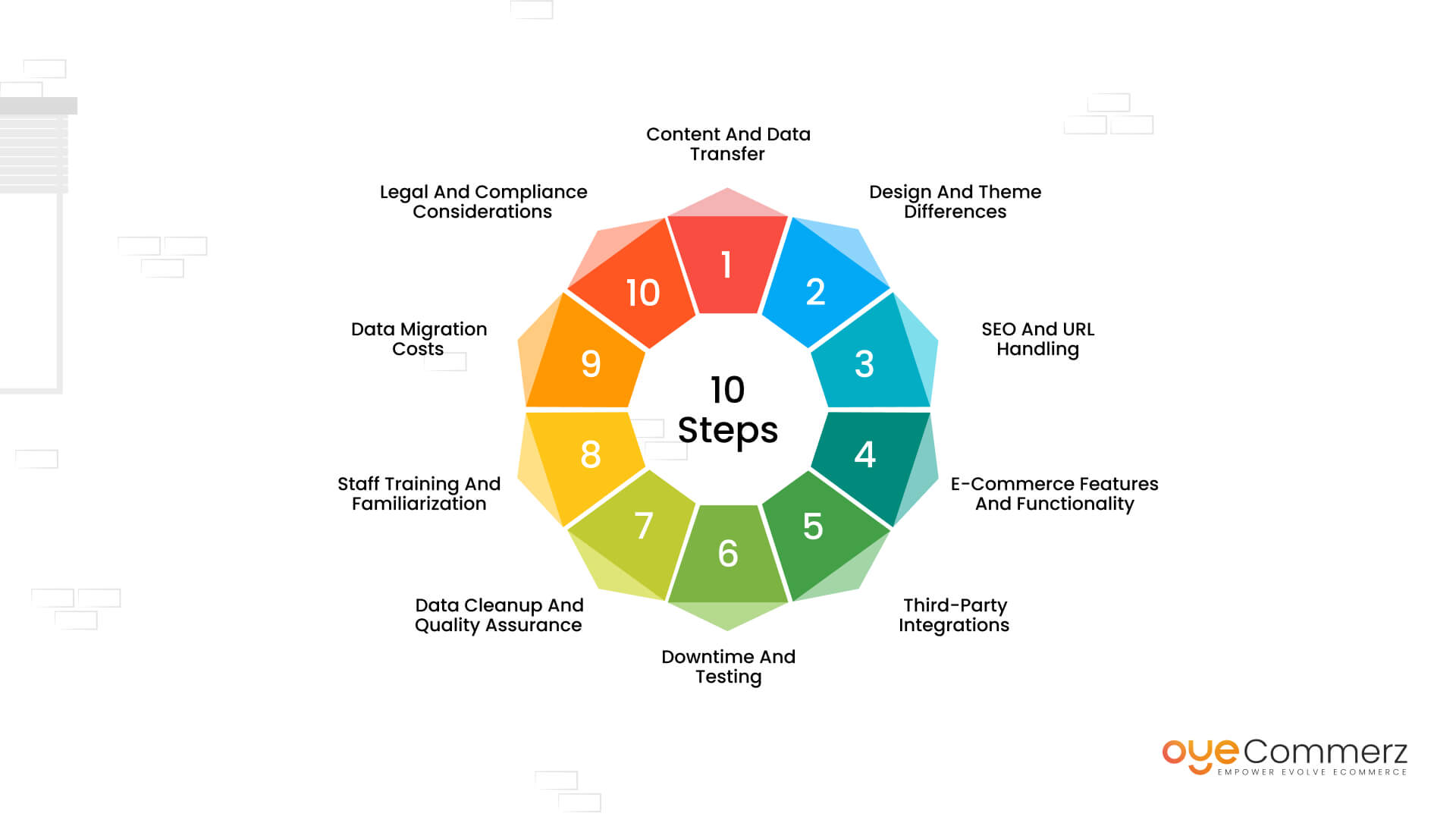Shifting from WordPress to Shopify marks an promising step toward streamlining your e-commerce processes. As businesses grow, selecting a platform that supports scalability, UX, and flexibility becomes crucial. Shopify has emerged as a preferred choice for online merchants, providing unmatched adaptability, security, and user-friendliness. In this guide, we’ll explore why this migration is a game-changer, highlight the benefits, and share actionable steps to ensure a smooth transition.
1. Top Reasons to Transition from WP to Shopify
WordPress, paired with WooCommerce, continues to support countless online stores. Nevertheless, as businesses expand, issues like plugin dependency, data risks, and technical complexities often obstruct progress. Shopify, designed explicitly for e-commerce, eliminates these concerns with an all-in-one, user-friendly platform. Real data back this transition—Shopify powers over 4.4 million websites worldwide, with a documented 10% increase in sales conversion rates for numerous merchants post-switch.
2. Shopify's Advantages for Thriving Online Stores
Shopify’s robust ecosystem caters for expanding businesses. Its standout benefits are:
- Effortless Design Flexibility: Shopify provides over 80 professionally designed themes.
- Built-in Features: Features like Shopify Payments and integrated SEO save time and effort.
- International Expansion: Multi-currency support and localization features enable businesses to expand internationally.
Additionally, Shopify delivers an uptime rate of 99.98%, guaranteeing your store remains accessible.
3. Getting Ready for Your WP-to-Shopify Transition
Prior to starting the migration process, assess your existing setup. Analyze inventory details, client information, and SEO performance. Tools like Shopify’s Migration Kit or external tools help ease the transition. Develop a comprehensive plan, making sure all assets—product descriptions, media files, and blog content—are ready for seamless import.
4. Data Migration: A Critical Step
Transferring your data forms the foundation for a smooth platform switch. When moving from WordPress to Shopify, prioritize:
- Inventory Details: SKU, descriptions, and groupings.
- Client Information: Emails, purchase records, and preferences.
- Search Engine Considerations: Retain meta tags, URLs, and redirects to maintain search rankings.
Use apps like LitExtension to streamline data transfer while reducing mistakes.
5. Tailoring Your Shopify Store to Fit Your Brand
Post-migration, personalizing your Shopify store helps it aligns with your brand. Utilize Shopify’s drag-and-drop Migrate from WordPress to Shopify editor to design pages effortlessly. Shopify's themes are mobile-responsive, ensuring a smooth user experience across devices—a critical factor, given 74% of online shopping is generated by mobile users.
6. Maintaining SEO During Migration
SEO is vital for maintaining your visibility during migration. Shopify excels in SEO with clean URL structures, built-in optimization tools, and smooth content management. Ensure:
- Implement 301 redirects for old URLs.
- Enhance updated content with targeted phrases.
- Leverage plugins like Plug in SEO to track analytics post-migration.
7. Post-Migration Testing
Once the migration is complete, conduct thorough testing.
Check:- Page load times (Shopify delivers faster speeds in contrast with WP).
- Functionality of payment gateways and transaction flow.
- Adaptability across devices.
Testing ensures your store provides a smooth shopping journey from day one.
8. Real-Life Success Story
One such migration success story is Gymshark, a fitness apparel brand that transitioned to Shopify. Post-migration, the company experienced a 60% boost in mobile sales and significantly lowered site downtime. This showcases the potential of Shopify in enhancing online business success.
9. Overcoming Common Migration Issues
Migration comes with challenges, such as data integrity and reconfiguring custom functionalities. However, Shopify’s robust support and external professionals simplify the process. Partnering with experienced Shopify developers ensures a smooth transition.
10. Making the Switch: The First Step Toward Success
Migrating from WordPress to Shopify represents a strategic approach to online retail. By focusing on growth, streamlining operations, and improving buyer satisfaction, Shopify enables companies to succeed in competitive markets.
Final Thoughts
Switching from WP to Shopify offers a smart solution that can E-commerce platform solutions significantly boost your e-commerce success. With a well-structured strategy, the right tools, and professional guidance, you can achieve new growth opportunities.
Excited to start the journey? Reach out today to learn how our Shopify migration services can transform your e-commerce platform. Contact us now, or ask yourself: Can your business afford to miss out on Shopify’s growth potential?

Comments on “Seamless WordPress to Shopify Migration: A Comprehensive Roadmap for E-commerce Growth”